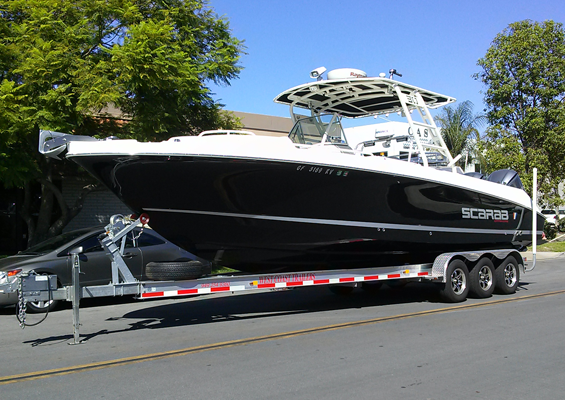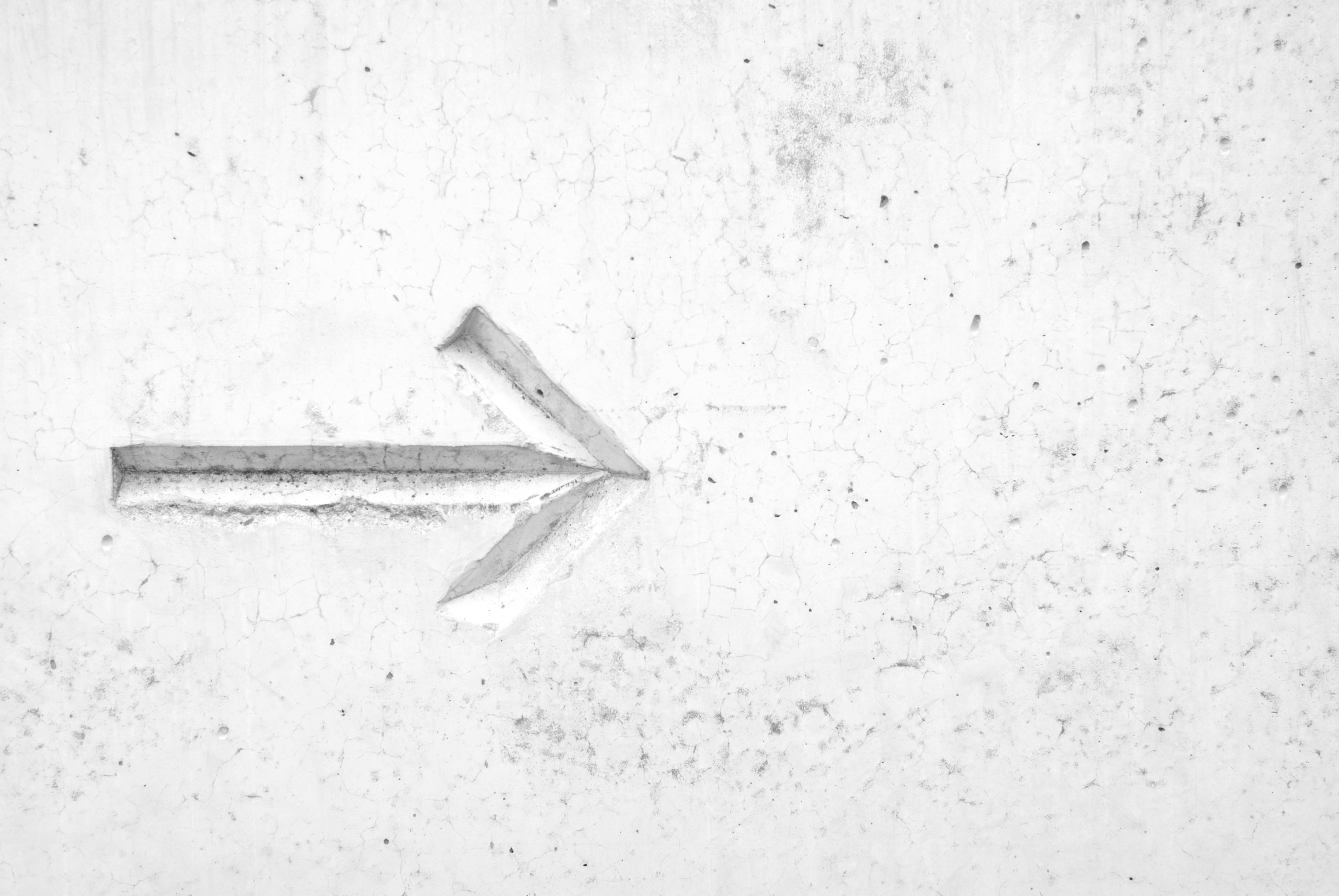TIP 1: CHECK THE TIRES
There’s a good chance your trailer acquires a significant number of milestransporting your boat to and from various waterways. Now think about the amount of weight your trailer is carrying and the road conditions it is enduring. All-in-all, the tires are taking quite the beating over time.
We recommend checking them with every use. First, check the tire pressure. Typically written on the tire’s sidewall, there should be a recommended amount of air pressure needed to operate in good condition. If you find the pressure is too low, this could lead to disproportionate flexing and a heat buildup. In addition, it’s not a bad idea to check pressure on your spares every once and a while. Second, inspect the tires’ thread and sidewalls. If you see any cracks, bulges or dry rot, it’s time to replace the tire. Third, keep the tires balanced. This will help prevent uneven wear.
---------------
TIP 2: RINSE THE TRAILER
The bones to your trailer are the wheel hubs and bearings. With every use, these components are submerged into water, making them vulnerable to corrosion. To keep them in proper condition, we recommend rinsing the trailer completely after every boating outing. This is especially important if you are trailering your boat in and out of saltwater.
In addition, take a closer look at the wheel bearings in the beginning of the season. If there are signs of discoloration, this could indicate overheating. If this is the case, you’ll want to replace them. Finally, always grease the bearings as needed.
---------------
TIP 3: WATCH THE AXLES
The axles are also subject to corrosion and rust. Check them for rust stains or bubbling paint every couple of uses. If you do find rust, try scraping it off with a wire brush or angle grinder. However, if the rust has gone below the surface you will need to replace the axle. With pitted metal, you’ll need a rust inhibitor.
---------------
TIP 4: GENERAL LOOKTHROUGH
Check various parts of your trailer throughout the boating season, including:
- Bunk Carpeting
- Headlights
- Taillights
- Turn Signals
- Brake Lights
Grease the coupler and tongue jack a few times a season. Check to make sure the fastener pin is secure, and the surrounding bolts are tight. Finally, replace any faulty components when necessary.
---------------
TRAILER STRUCTURE BREAKDOWN
Material
Boat trailers are generally constructed with galvanized steel or aluminum. Most boat trailers are made from aluminum because this material is less prone to corrosion. This option is more expensive, but likely to withstand water and weather conditions long-term. Unless boating solely in freshwater, we recommend going with an aluminum trailer.
Axles
Trailers can have a variety of different axles. Depending on the boat’s size and weight, you can upgrade the number of axles, as well as their size. Installing multiple axles is more expensive initially and for long-term maintenance purposes. They will, however, help the trailer track more effectively.
There are two types of axles to choose from – drop or straight. Drop axles are closer to the ground, which increases stability when trailering. If you drive down bumpy roads, however, the straight axles will give more ground clearance.
Leaf Springs
It is important to get a quality leaf spring setup that can handle the weight of your boat. Most commonly, we see either three or five-leaf springs on a trailer. Five-leaf springs are worth the extra investment if the boat weight is substantial.
Brake Systems
Most trailers will require some sort of brake system depending on your boat’s size and your state’s requirements. There are two types of brakes to choose from – disc and drum. Disc brakes are generally preferred when trailering larger loads because of their increased friction. In addition, freshwater flushing is relatively easy with this brake-type. On the other hand, drum brakes are the preferred choice for lighter loads, generally 3,500 pounds or less. They require lower hydraulic pressure to activate.
Next, it’s important to choose your braking mechanism – hydraulic surge brakes or electric brakes. Hydraulic brakes use brake fluid to transfer pressure from the controlling system to the actual braking system. Electric brakes are activated by an electrical output when the brake pedal is used. Electric brakes are becoming more popular because they are activated in real-time.
Trailer Bunks
Bunks help to support the boat’s hull, while also making loading and launching much easier. They are aligned with linear stringers to help distribute weight appropriately and support the boat evenly.




